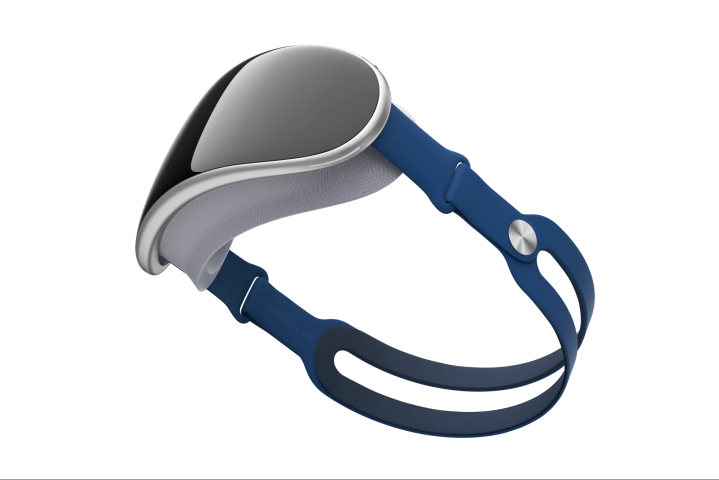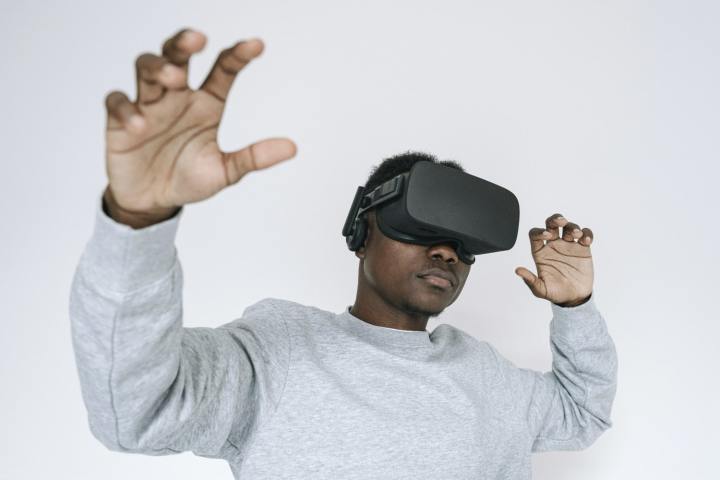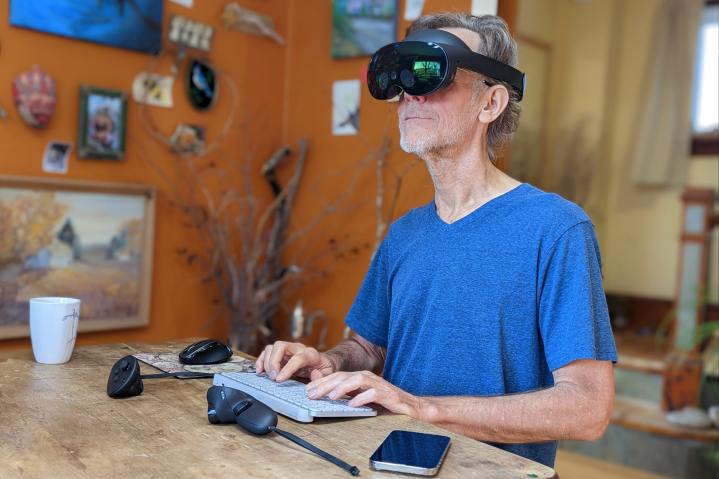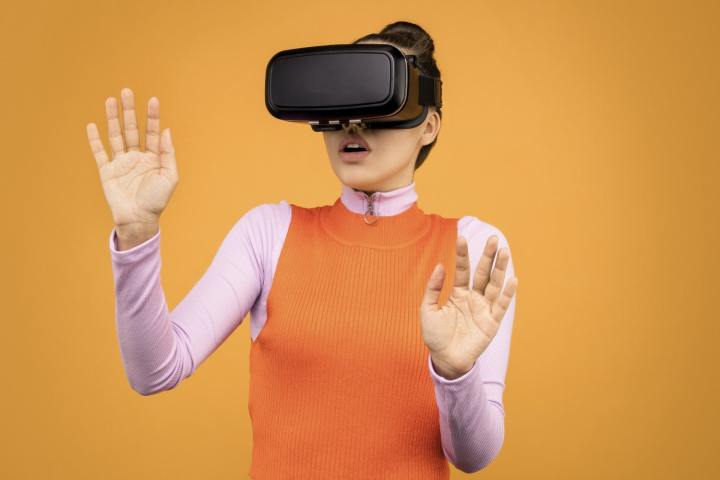Apple is set to launch its Reality Pro headset — its most anticipated new product in years — at the company’s Worldwide Developers Conference (WWDC) on June 5. I’m excited to see what the Cupertino firm unveils on stage, and there are plenty of reasons to hope that the device will revolutionize the industry.
But there are also things I’m deeply worried about with the Reality Pro, and there’s more than a slight chance that it could be an abject failure. Which outcome is more likely? Well, that depends on what Apple reveals to the world at WWDC. Let’s see what could go right — and absolutely wrong — with the Reality Pro.
Apple has waited for the right time

When Apple launches a product in a new category, it’s usually a success because the company has put in the time and effort to get it right. Apple is not the type of outfit to throw everything at the wall and see what sticks — no, it takes a much more measured approach to ensure it comes out on top.
For one thing, Apple has extremely deep pockets, and much of its riches can be funneled into extensive product and market research. It is constantly patenting interesting ideas that elevate its devices, and the Reality Pro is certainly no exception here. Plus, there are billions of Apple devices already out there, so the company has a very good idea of what its customers want.
Rather than rushing headlong into a new market without understanding what will work, Apple bides its time, sees how its rivals have failed, then comes out with something that (it hopes) is the best product around. That tried-and-true approach gives me confidence that Apple has done its homework with the Reality Pro and will give us something that blows us all away.
The Reality Pro is certainly different from past attempts at new products, as there are few true high-end, mixed-reality products already on the market. It’s really just the Meta Quest Pro and the Vive XR Elite. The VR industry as a whole, though, is much more developed and has long been in need of a shake-up by a major player like Apple.
There will be something for everyone

VR enthusiasts are Apple’s current demographic as a brand. The first wave of adoption has been in the gaming context, with hardcore gamers flocking to options from Meta or Valve. The untapped potential that mixed-reality headsets like the Meta Quest Pro and Lenovo ThinkReality smart glasses — or even newer concepts like the Spacetop — is for a larger work canvas.
Apple is expected to double down on this approach by offering both virtual and augmented reality in the Reality Pro — a combination known as mixed reality. According to the reports, you’ll even be able to quickly switch modes with a quick flick of the Apple Watch-like Digital Crown.
If the Reality Pro is going to succeed, it needs to appeal to different people, and I know that Apple knows that. By offering up virtual reality and augmented reality, work, and gaming apps, and much more, there could be something for everyone. Apple needs to make mixed reality something for everyone, in the same way that iPhones and MacBooks are.
The hardware

There’s been a lot of chatter about the Reality Pro’s rumored $3,000 price tag, which would make it much more expensive than most rival devices. But there’s a good reason for this high asking price, and it can definitely be seen as an encouraging thing (in some ways at least).
That’s because that lofty price tag is a result of all the incredibly advanced tech that Apple is reportedly stuffing into its headset. We’re expecting 4K displays, tons of cameras, eye- and hand-tracking tech, a super-lightweight design, and much more. A new report states that the displays will use micro-OLED panels with a pixel density of 4,000 ppi (pixels per inch) and brightness of up to 5,000 nits. We’ve never seen tech in a headset like this, and I have no doubt Apple will nail this aspect of it.
If Apple is this invested, it’s going to do all it can to make sure the headset is a hit — and that both newcomers and enthusiasts walk away impressed by the first demos. You can bet that the Reality Pro will be no half-hearted attempt, and will certainly look a lot less dorky than other headsets.
It’ll have strong developer support

Apple is usually pretty good at getting developers on board with its new projects. That’s essential because without third-party apps ready to go, the Reality Pro headset’s appeal will be greatly reduced.
That’s why it makes so much sense that Apple is launching the Reality Pro at WWDC. As the name suggests, this is a developer-focused event, making it the perfect time for Apple to pitch its new headset to the people whose help will be essential. Not only is there the big reveal at the keynote, but there will be a full week of hands-on classes and seminars for developers to learn how to make apps for the new platform.
By the time the product is actually available to buy for the average person, I’m fairly confident that Apple will have a full slate of content to try out, led by its own first-party apps no doubt. I still don’t have an idea of what those apps and experiences will be, but I know Apple will be targeting creative professionals given the nature of this product.
Problem No. 1: A solution in search of a problem

With all that said, the Reality Pro’s success is far from guaranteed. It’s all very well having an extremely advanced headset bursting with tons of great apps, but that all means nothing if customers aren’t interested.
And right now, it’s not at all clear that people are particularly interested in these types of headsets. Almost every device, from Microsoft’s HoloLens to the Meta Quest Pro, has struggled to break into the mainstream and captivate the public. The major hurdle seems to be at the heart of the technology itself. Apple will somehow need to make strapping a computer to your face seem palatable for everyone who has found it off-putting. This means it’ll need to be unbelievably comfortable, light, and stylish. Apple has a pedigree in this aspect of design, but it’s a serious obstacle to the success of the Reality Pro.
Whether the market isn’t ready or the products are duds doesn’t really matter — the point is that the situation is not exactly primed for Apple to take the world by storm. There’s a significant risk that the Reality Pro will feel like a solution in search of a problem. We’ll have to see.
Problem No. 2: An astronomical price
 Sound On / Pexels
Sound On / PexelsThe other issue that no one can ignore is a simple one: the price. After all, $3,000 is an awful lot of money, even for an Apple product. Will the company be able to convince people it’s a hurdle that’s worth overcoming?
Reports have suggested that Apple isn’t expecting to sell many units of the Reality Pro, with perhaps as few as one device per store per day. Sales that low suggest a product in danger of being canceled, not one that breaks out into the mainstream.
Several sources have claimed that Apple is working on a cheaper follow-up headset that will cost half the price of the Reality Pro, but by that stage, the damage might already be done. That’ll be especially true if the hardware is the primary selling point of the Reality Pro. If that same experience can’t be recreated in a more affordable headset, that’s a problem.
Think of the original HomePod — it was way too expensive and sold so poorly that Apple eventually canned it (before bringing it back again). If Apple had offered the cheaper HomePod mini at the same time, things might have been different. But instead, Apple just put out a very pricey product with a price tag that made people wince. The Reality Pro shows the company could make the same mistake all over again.
Editors’ Recommendations
Services Marketplace – Listings, Bookings & Reviews